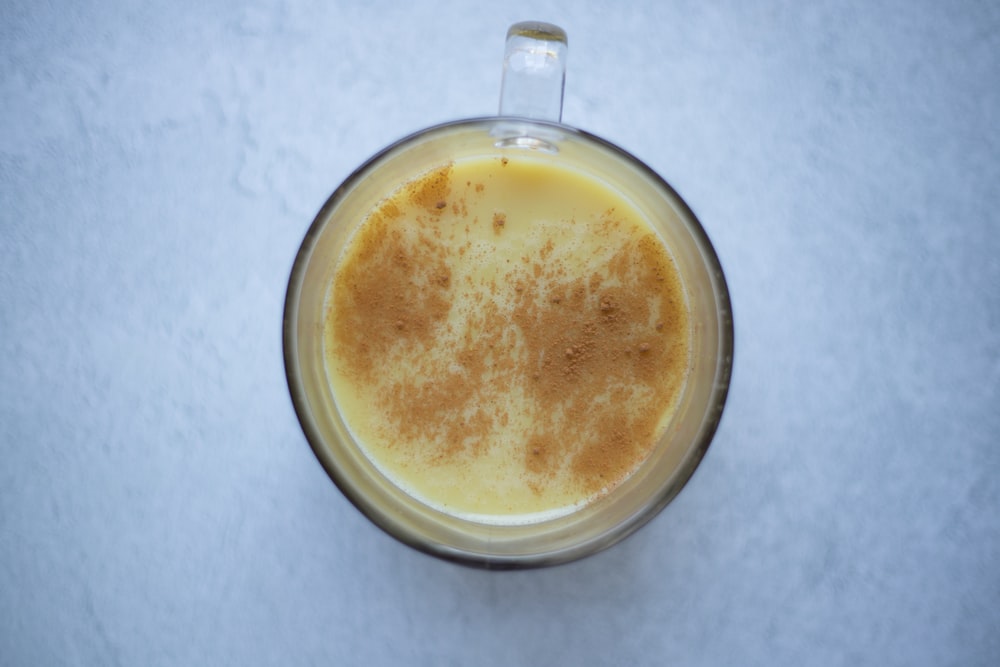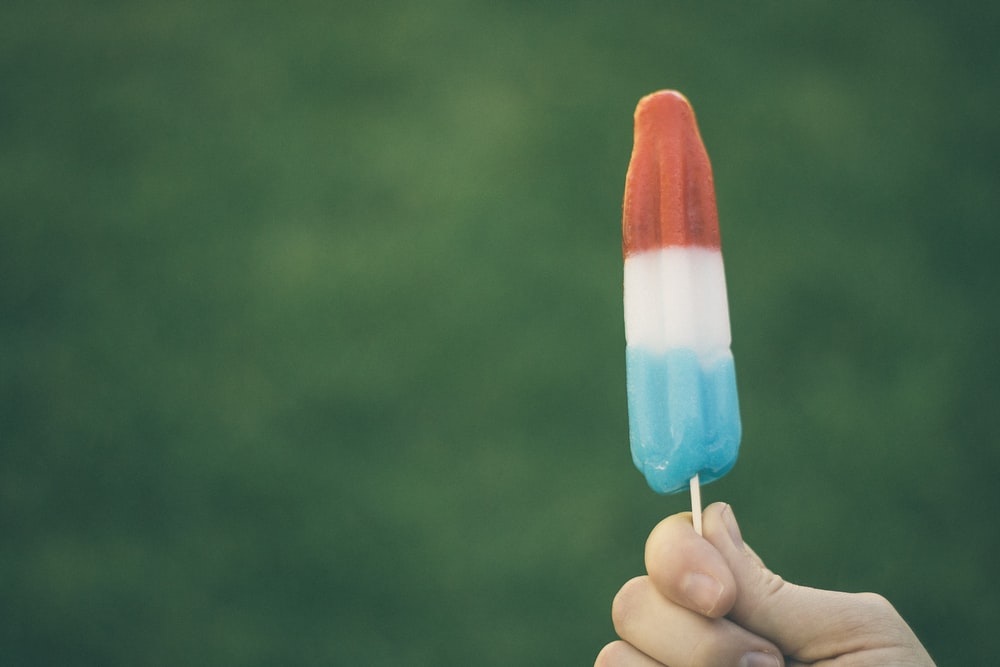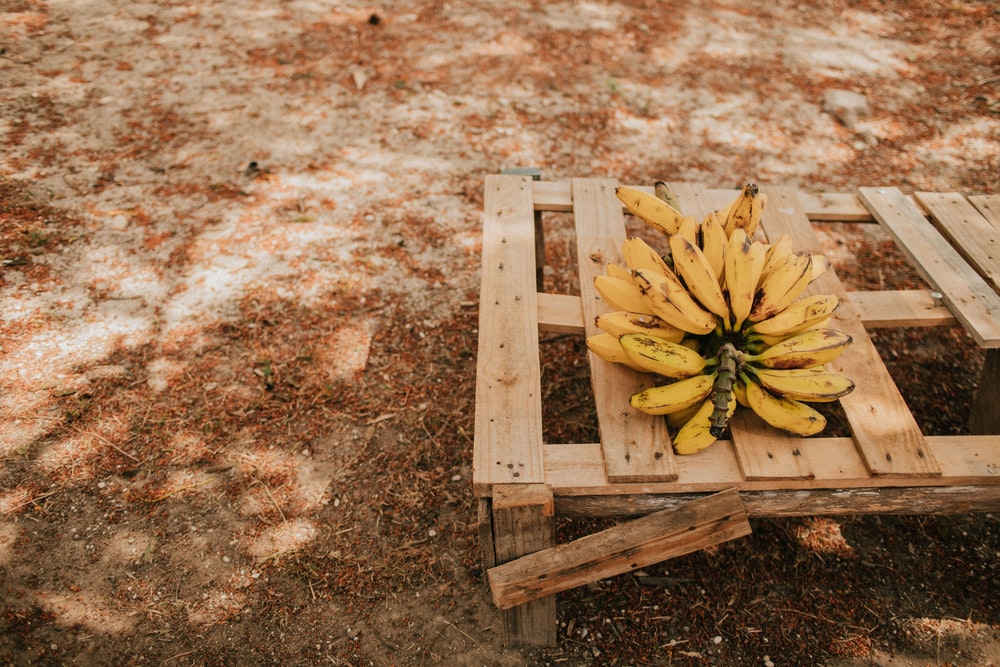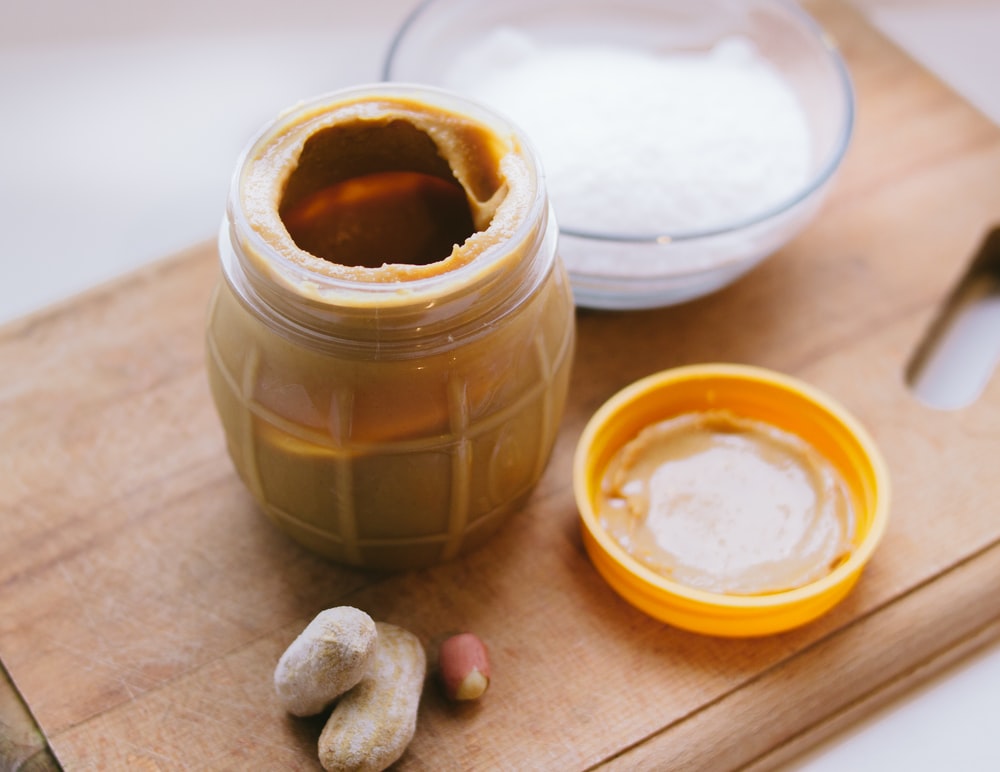Your food may never look the same again
The food on your plate has a secret; it’s a lot more fascinating than you think. In normal times we tend to under-think about our food, perhaps taking for granted that it is widely available and convenient giving little consideration for its heritage and production.
The last few months, however, have given us the rare opportunity to slow down and truly assess the value and origins of the things we eat. Indulge your curiosity with us as we take a deeper look at the captivating background, ingredients and history of the food we consume on a daily basis:

Your Carrots Are Political
Food science can be an enthralling practice. Did you know, for example, that carrots were available in three colours, none of them being orange? In the 17th century Dutch farmers looking to pay tribute to their king, William of Orange, started breeding a new hybrid carrot that mixed the traditional colours of white, yellow and purple to create the orange vegetable we know today. The orange carrot was so popular that the traditional colours virtually disappeared – heritage that lives on even today.

Oranges Are From China
The earliest records indicate that oranges were first found in China – popularised in India – and distributed throughout Persia. Indians referred to them by the sanskrit word ‘naranga’ (incidentally this is the origin of the Spanish word for orange; naranja) and used them solely for their aromatic properties.
Later on in France, the fruit was referred to as ‘un naranj’, giving us the modern French and English ‘orange’. Interestingly, the colour orange was named after the fruit, not the other way around.

Nutmeg Can Make You Trip
If you are into out-of-body experiences, nutmeg may just be the perfect companion on your next trip to Burning Man. Eating large quantities of this spice can make you hallucinate, slow your brain activity and make you nauseous. However, it has been nutmeg’s smell and quality as a seasoning that have made it such a valuable asset across history.
Emperor Henry the VI had the streets of Rome sprinkled with it before his coronation, the Dutch monarchy fought wars over it and years later, its production was a key negotiating chip in the British empire buying the Island of Manhattan from the Netherlands. That definitely gives our next nutmeg latte a bit more gravitas.

By Kids, For All
In 1905 an 11 year old boy named Frank Epperson forgot his cup of soda outside overnight. The next morning, he found his drink frozen and the idea for the popsicle was born. He named his discovery the ‘Epsicle’ and sold it on the beaches of San Francisco in the summer, quickly gaining popularity. As the treat’s notoriety grew, so did Frank, and when he eventually had children they began referred to it as “Pop’s ‘Sicle” or ‘Popsicle’ for short.
Epperson later patented the name and idea and his new genre of icy sweets became a global sensation. During the Great Depression, the Popsicle company created the double ice pop so that two children could share one treat for just five cents.

Bananas Have Seeds
The bananas we eat are clones. Growers over history had struggled with the varieties (there are over 1000 different ones), flavours and large seeds in bananas – that is until one American corporation, The United Fruit Company (UFC), came to Guatemala.
Armed with food scientists, the UFC analysed the different types of bananas, seeking to engineer the perfect fruit. Finding that the type known as the Gros Michel could be a perfect candidate (little to no seeds, consistent flavour, shape and texture) they sought to reproduce it. However, the fruit’s lack of seeds posed a challenge and they opted to cultivate them by planting a cutting of one plant next to the original, thus creating an endless stream of clones… the ancestors of which we still see in supermarkets today.
Bizarrely, due to how they grow, bananas are technically considered berries. Even stranger, raspberries, blackberries and strawberries are not true berries. Botanists only qualify a fruit that comes from one flower with one ovary and has several seeds as a berry, thus including the banana and excluding the strawberry.

There’s Wood In Your Cheese
In the 1970s many producers of the cheese and cereals in America began adding cellulose (otherwise known as wood pulp or sawdust) to their foods as a filler, to add texture and add ‘fiber’.
Manufacturers defended this move claiming that the products purportedly needed this to stop ‘clumping’ during production – and the Food and Drug Administration agreed, allowing up to 4% cellulose in any product.

Pay Taxes With Chocolate
We know that the history of chocolate began in Mexico where fermented beverages were made as far back as 450 BC by the Aztecs. During this time it was believed that the seeds of the cacao plant (from which chocolate is made) were a divine gift from the gods and as such, they held enormous value within their society. The beans were even traded as a form of currency and could be used to pay for everything from goods to taxes.
Centuries later, chocolate retained its privileged status as a precious commodity. During a trip to Jamaica in 1687 a Sir Hans Sloane encountered locals drinking cocoa with hot water – finding the mixture too bitter for his taste, he added milk and sugar thus inventing milk chocolate. Later on, in the 19th century, the Cadbury brothers took his invention and marketed the chocolate we know today. Although Sloane did not profit from his invention as much as the Cadbury’s – his memory lives on today with the famous Sloane Square named after him in Chelsea, London (as a side note, chocolate houses served as London’s first member’s clubs).

Propose With Peanut Butter
If you can earn in chocolate, why not propose with peanut butter? Scientists at the Bayerisches Geoinstitut in Germany have discovered that they can turn regular store-brand peanut butter into diamonds. Since the popular spread is so rich in carbon, it can be but through a process which removes the oxygen from the carbon dioxide, and puts extreme pressure on the remaining carbon, leaving pure diamonds in their place.


